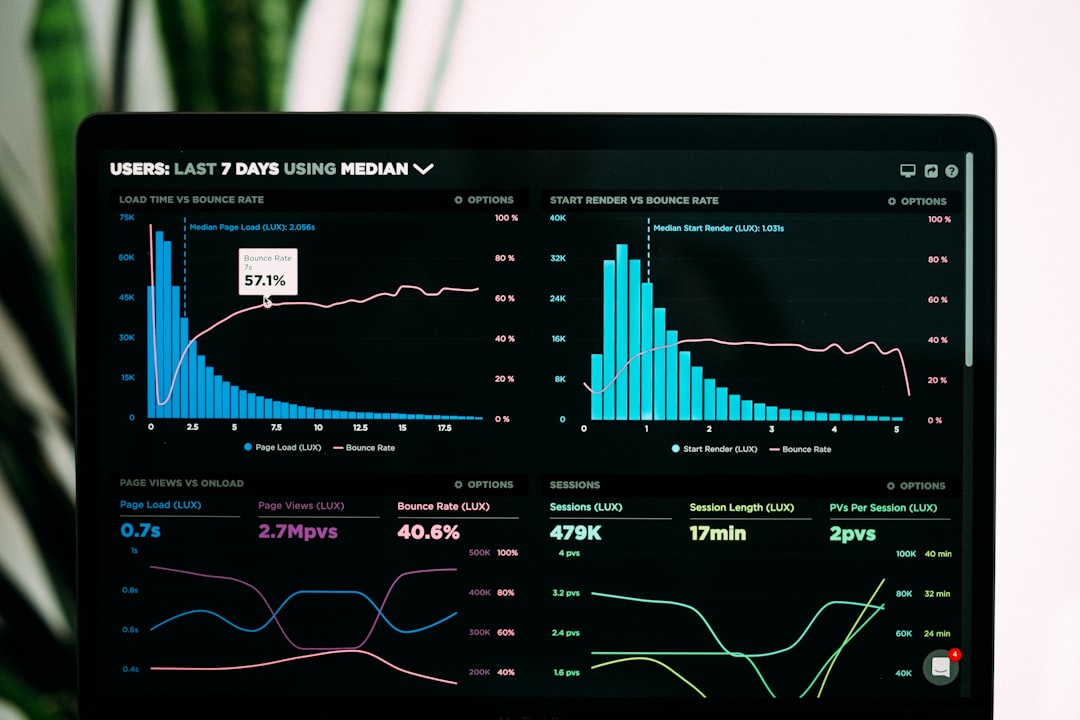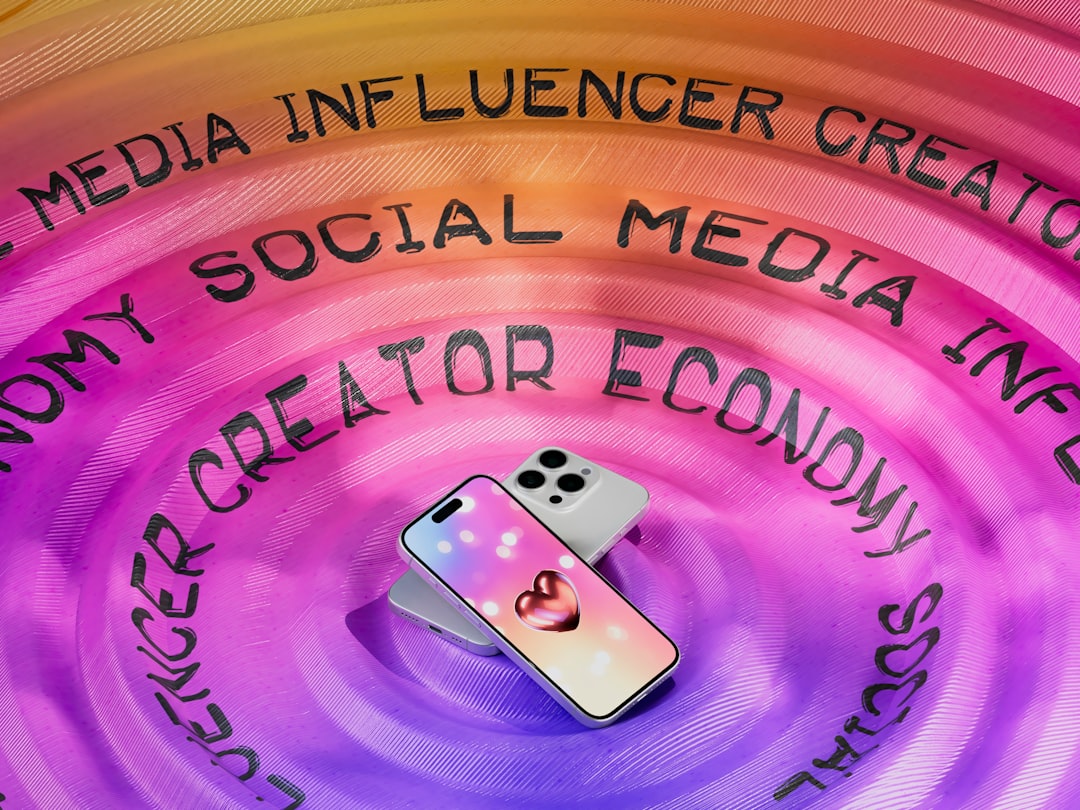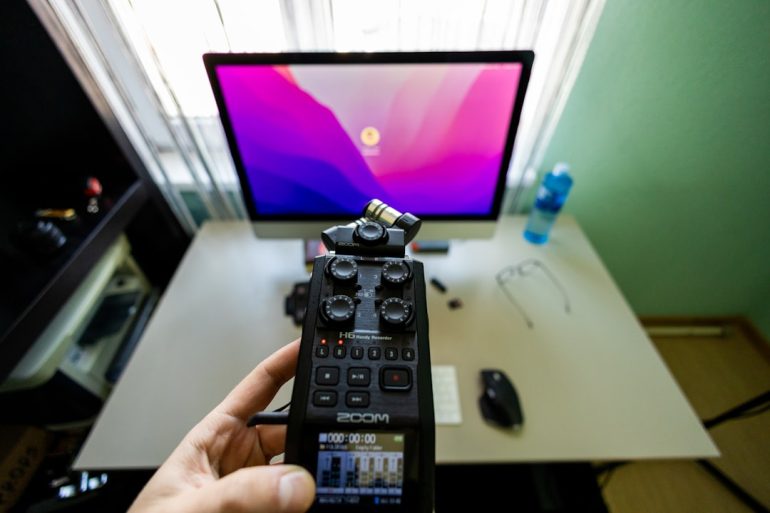Step-by-Step Guide to Creating Successful Paid Social Media Advertising Campaigns
Paid social media advertising is a powerful tool for expanding reach, increasing conversions, and growing brand awareness. However, without a well-structured approach, your campaigns can quickly exhaust budgets with little return. This guide walks you through the essential steps for creating successful paid social media advertising campaigns that produce measurable results.
Step 1: Define Clear Campaign Goals
Table of Contents
Every effective advertising campaign starts with well-defined goals. Begin by answering these fundamental questions:
- What do you want to achieve? – Is your goal to drive website traffic, generate leads, boost sales, or build brand awareness?
- How will you measure success? – Use KPIs such as click-through rates (CTR), conversions, cost-per-click (CPC), and return on ad spend (ROAS).
Your goals will dictate your ad’s content, audience, platform choices, and performance metrics. Going in without a clear objective can lead to poorly optimized campaigns and wasted budgets.
Step 2: Know Your Audience
A full understanding of your target audience is the cornerstone of a successful campaign. Consider demographic data like age, gender, location, job title, and income. Equally important are psychographics— lifestyle, interests, values, and online behavior.
Use tools like Facebook Audience Insights, LinkedIn Analytics, and Twitter Analytics to gather data and build detailed buyer personas. Tailoring your ads to suit specific audience segments will significantly improve engagement and conversion rates.
Step 3: Choose the Right Social Media Platform
Not all social media platforms serve the same purpose or audience. Choose the networks that align best with your goals and target demographic:
- Facebook & Instagram: Excellent for B2C campaigns across various age groups. Best for broad reach and detailed targeting.
- LinkedIn: Preferred for B2B campaigns and professional audiences. Ideal for industry-specific targeting.
- Twitter: Fast-paced and responsive. Strong for trending topics, brand engagement, and real-time updates.
- Pinterest & TikTok: Visual-driven platforms, great for younger, creative audiences and lifestyle products.
Don’t spread your budget too thin by marketing on every platform. Focus on the 1–2 channels where your audience is most active and engaged.
Step 4: Set a Budget and Bidding Strategy
Paid social media advertising typically operates on a bidding model—cost-per-click (CPC), cost-per-impression (CPM), or cost-per-conversion. Set a daily or campaign lifetime budget based on your goals and platform options.
When deciding on your bidding strategy, you can choose between:
- Manual Bidding: You set your bid amount. Best when you have solid data on audience behavior.
- Automatic Bidding: Platform optimizes bids to get the most results within budget. Ideal for newcomers or testing phases.
Monitor your spend closely and adjust as needed to avoid overspending. Don’t forget to factor in creative production and testing costs into your overall budget plan.
Step 5: Create High-Quality Ad Creative
The creative is the first and most important impression your ad will make. High-quality images, compelling copy, and a strong call to action (CTA) are crucial.

Focus on the following when designing ads:
- Visual Elements: Use high-resolution visuals suited for each platform’s specifications. Keep branding consistent.
- Copywriting: Make it concise, benefit-driven, and tailored to your audience’s pain points or desires.
- Call to Action: Encourage immediate response with strong CTAs like “Shop Now,” “Learn More,” or “Get a Free Trial.”
Test different variations with A/B testing. For example, change headlines, images, or button text to determine what resonates most with your audience.
Step 6: Optimize Your Landing Page
A social media ad is only as good as the landing page it leads to. Ensure your landing pages are fast-loading, mobile-friendly, and optimized for conversions. Key components include:
- Headline: Clear and aligned with your ad message
- Lead Form or Checkout Process: Simple, quick, and user-friendly
- Visual Consistency: Replicate your ad’s look and feel on the landing page for a seamless experience
- Trust Signals: Include testimonials, reviews, and security badges
Track performance using tools like Google Analytics or Hotjar to analyze user behavior and improve areas with high drop-off or bounce rates.
Step 7: Test and Scale Smartly
Start small. Launch your campaign with modest budget allocations and a few targeted ad sets. Closely monitor their performance over the first few days.
Look at key performance indicators (KPIs) such as CTR, conversion rate, and cost per result. Based on these insights:
- Stop underperforming ads that don’t meet benchmarks
- Refine targeting to reach better-fit audiences
- Iterate creatives to enhance message and design
- Scale successful ads gradually to maximize ROI

An iterative approach enables you to scale campaign spending intelligently without sacrificing efficiency.
Step 8: Analyze and Report Results
Once your campaign runs to completion—or throughout its lifecycle for ongoing efforts—you need clear performance data to assess success. Focus on:
- Reach and Impressions: Total exposure of your campaign
- CTR: Measures engagement and ad relevance
- Conversion Rate: Evaluates ability to drive action
- Cost per Result: Determines your ROI
Create detailed reports with these metrics and share insights with stakeholders. Use historical data to improve future strategies and benchmarks.
Step 9: Stay Updated with Platform Changes
Social media platforms frequently change algorithms, ad features, and targeting options. Stay informed through official platform blogs, webinars, and advertising newsletters.
For example, privacy policy developments like Apple’s iOS updates impacted Facebook’s ad tracking, requiring brands to shift their targeting methods and rely more on first-party data.
Being proactive with knowledge keeps your campaign compliant, effective, and ahead of competitors.
Final Thoughts
Paid social media advertising is not a “set and forget” activity—it thrives on constant learning, experimentation, and adaptation. With clear goals, audience understanding, high-quality creative, and methodical tracking in place, your campaigns can unlock exponential brand growth and lead generation opportunities.
Remember that effective social media advertising requires both art and science. Use this guide as your framework, but always be ready to tailor it to your specific industry, audience behavior, and performance insights.







